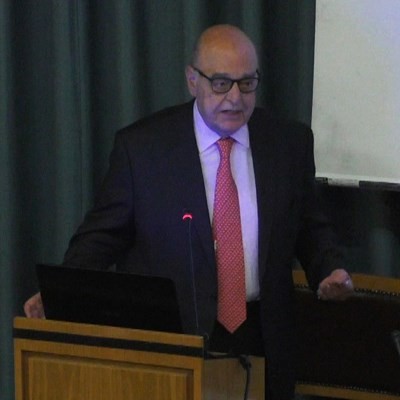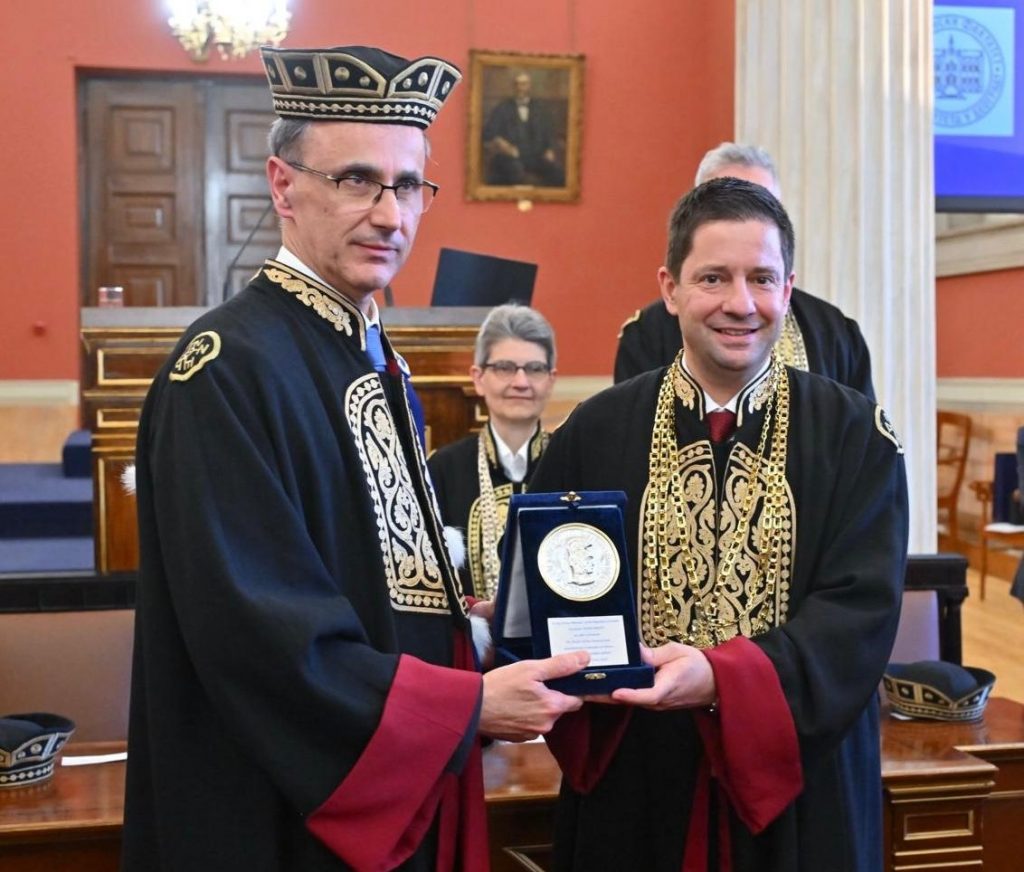
Ο Ομότιμος Καθηγητής Ψυχιατρικής του ΕΚΠΑ και Επίτιμος Πρόεδρος της Ελληνικής Εταιρίας Έρευνας του Ύπνου, κ. Κωνσταντίνος Σολδάτος, σχολιάζει άρθρο που δημοσιεύτηκε στο Lancet και αφορά σε ανασκόπηση για τα φάρμακα της αϋπνίας.
Το άρθρο που δημοσιεύτηκε στο Lancet παρατίθεται παρακάτω:
Ακολουθεί το σχόλιο του Καθηγητή:
COMMENTARY BY PROF. C.R. SOLDATOS
It is with special interest that I read the article by Franco De Crescenzo et al. published in Lancet 400:170-184, 2022.
Based on a systematic review of 170 trials and a network meta-analysis of 154 double-blind controlled trials, the authors compared the effects of 31 compounds in an effort to document the merit of each one of them when used for the acute and long-term pharmacological treatment of insomnia in adults. They concluded that of all 31 tested compounds only eszopiclone (an non-benzodiazepine hypnotic working through its preferential binding to the a3 benzodiazepine GABA receptor subtype) and lemborexant (an antagonist of the vigilance-promoting neurotransmitter orexin) were found to have a favorable profile in terms of their efficacy, acceptability and tolerability, although eszopiclone might cause substantial side effects and the safety data on lemborexant were inconclusive. The authors themselves point to some potential limitations of their data analysis regarding the quality of available evidence, characteristics of the patient populations and the uncertainties in terms of the choice of drug dose or the treatment setting. In addition to the overall points raised above by the authors, I wish to make the following comments:
- In the section “Search strategy and selection criteria” of the paper, it is stated that the subjects of all studies included in the systematic review and the network meta-analysis had to fulfill standardized diagnostic criteria for the disorder of insomnia based on one of widely used Diagnostic Classifications of Diseases. According to these classifications, the diagnosis of insomnia is established on the purely subjective complaints of poor sleep quantity (reduced sleep duration) and/or poor sleep quality (unsatisfactory feeling regarding restful sleep); these two complaints may or may not coexist. Consequently, in many clinical trials a good proportion of the total number of subjects may suffer from only poor sleep quality; besides, insomnia sufferers typically underestimate the actual duration of their sleep. The authors throughout their paper lamp together sleep quantity and quality under the same misleading rubric of “sleep quality”, thus creating a considerable confusion to the reader. Moreover, they did not take into account the high degree of individualization in the clinical characteristics of insomnia which could have affected their results due to an expected variability of the patient groups across studies.
- The authors, in an effort to be as comprehensive as possible, ended up being excessively overinclusive regarding the compounds whose studies they submitted to review and meta-analysis. Thus, besides drugs which are expected to have a hypnotic effect (benzodiazepines, non-benzodiazepine GABAergic hypnotics, antagonists of orexin, melatonin and the melatoninergic compound ramelteon), they have studied in an identical manner some prescribed psychotropic drugs belonging to other categories (the antidepressants trazodone, doxepin and trimipramine and the antipsychotic quetiapine) as well as certain antihistaminergic over-the-counter preparations (doxylamine and propiomazine) simply because they are widely used for their alleged sleep promoting effects. The review and meta-analysis of studies pertaining to compounds other than the bonafide hypnotics provided evidence that practically none of them can be considered as a promising sleep promoter; nonetheless, this evidence is actually rather slim taking into account that the number of studies pertaining to these compounds is much more limited compared to the number of studies pertaining to bonafide hypnotics, as it is clearly depicted in Figure 2.
- The authors’ effort to document the long-lasting hypnotic profile of the many compounds they investigated was not successful, since they found only a few long-term studies pertaining to just a limited number of compounds (zolpidem, eszopiclone, lemborexant, daridorexant, melatonin and ramelteon). Thus, the authors’ claim that eszopiclone and laborexant are the only compounds with a long-lasting favorable profile cannot be substantiated until long-term studies pertaining to many other hypnotics may become available; this occurrence, however, is very doubtful considering that the older drugs already well established in clinical practice are not expected to undergo an assessment due to the lack of interest by manufacturers as well as by regulatory authorities.
- A number of interesting findings nicely depicted in Figure 5 have not been commented upon in the paper, although they are of particular clinical importance. Two of these important findings are now commented upon as follows:
a) The effect of placebo in terms of its efficacy is markedly higher in long-term (25%) than in short-term (15%) administration, while the respective difference in drop-out range is much higher (35% vs 11%). From a clinical stand-point, two out of three insomniacs (65%) continued taking placebo for more than 3 months although only one out of four (25%) consider it as active during the period of the long-term administration; this discrepancy may reflect a tendency for overexpectation on behalf of chronic insomniacs who have suffered for too long.
b) Based on clinical experience, hypnotics which are effective with short-term -use lose their efficacy over a long period of time. Actually, this was found to be the case with zolpidem, which in the short-term was effective but lost all of its efficacy with long-term administration. Contrary to what would have been expected, however, both eszopiclone and lemborexant were found to have increased their efficacy with long-term administration; this finding is documented by an increase in drug responders (percentage over placebo responders) from 8% to 13% for eszopiclone and from 5% to 10% for lemborexant, i.e. for both drugs the actual increase in the percentage of drug responders was only 5%. Consequently, from a clinical stand-point, the claim that these two drugs can be considered for the preferential pharmacological management of chronic insomniacs should not be made too strong.





![Συναυλία Jazz του Τμήματος Μουσικών Σπουδών ΕΚΠΑ [2 Ιουλίου]](https://hub.uoa.gr/wp-content/uploads/2025/06/Jazz-night-cover-1024x576.jpg)




![Ημερίδα «Η ζωή μας εδώ» Μετανάστευση και ποιότητα ζωής: εμπειρίες, προκλήσεις και ένταξη [27/6/2025]](https://hub.uoa.gr/wp-content/uploads/2025/06/Η-ΖΩΗ-ΜΑΣ-ΕΔΩ_-1024x267.jpg)
![Ορκωμοσία μελών ΔΕΠ [30/6/2025]](https://hub.uoa.gr/wp-content/uploads/2025/06/IMG_20250630_1orkom-1024x460.jpg)





